record-breaking wildfires raise questions about health impact on canadians
as the wildfire season breaks records year after year, experts warn even canadians in traditionally unaffected areas need to learn how to protect themselves from smoke inhalation.
study links cannabis use to lower risk of cognitive decline, dementia-related diseases
“the main takeaway is that cannabis might be protective for our cognition"
with 7.5 million canadians living with lung disease, the lack of a national strategy is costing lives
inadequate lung cancer screening, underfunded research and unaffordable treatment has advocates wondering when governments will recognize the severity of lung disease and its impact on the health-care system.
 5 minute read
5 minute read









